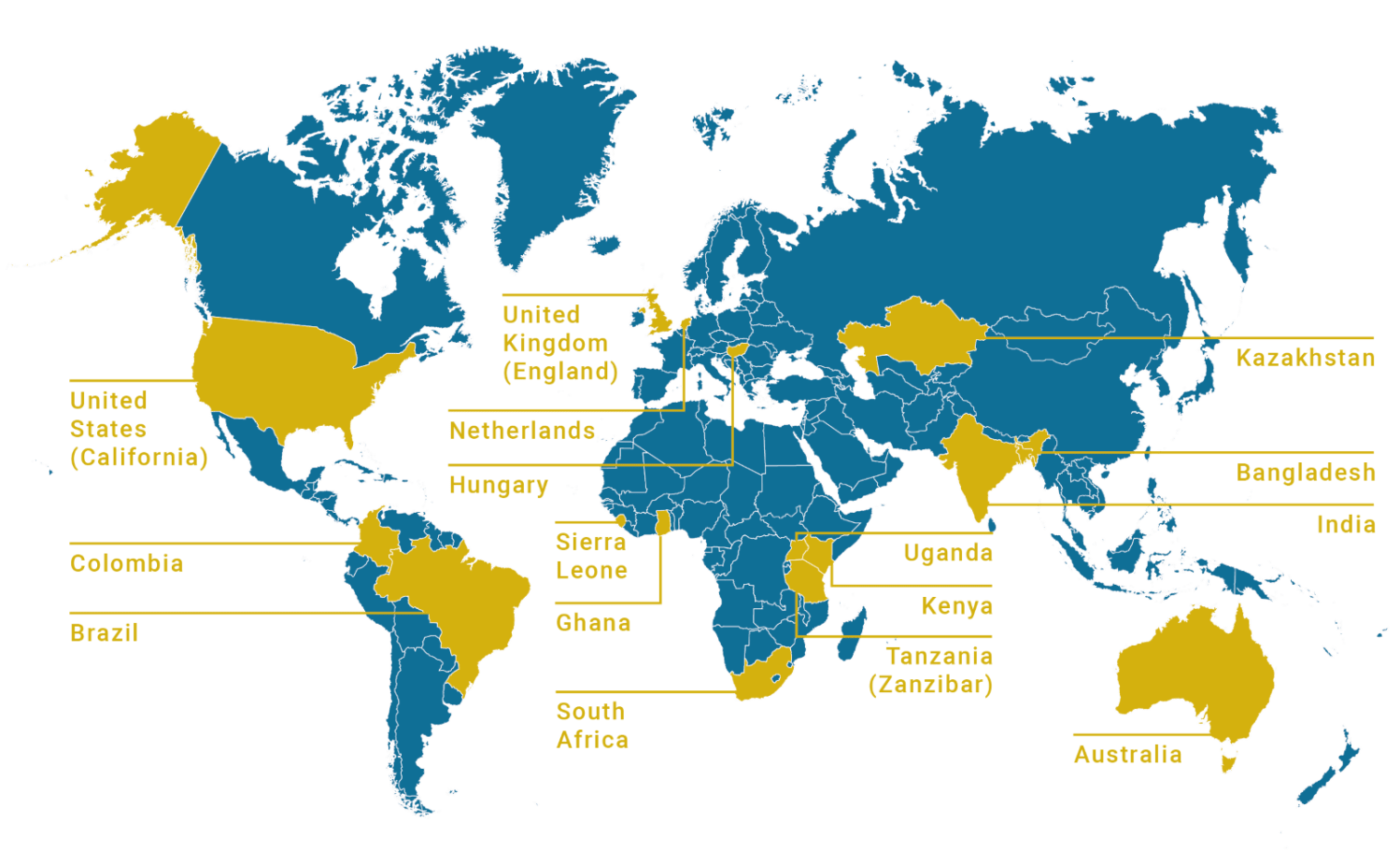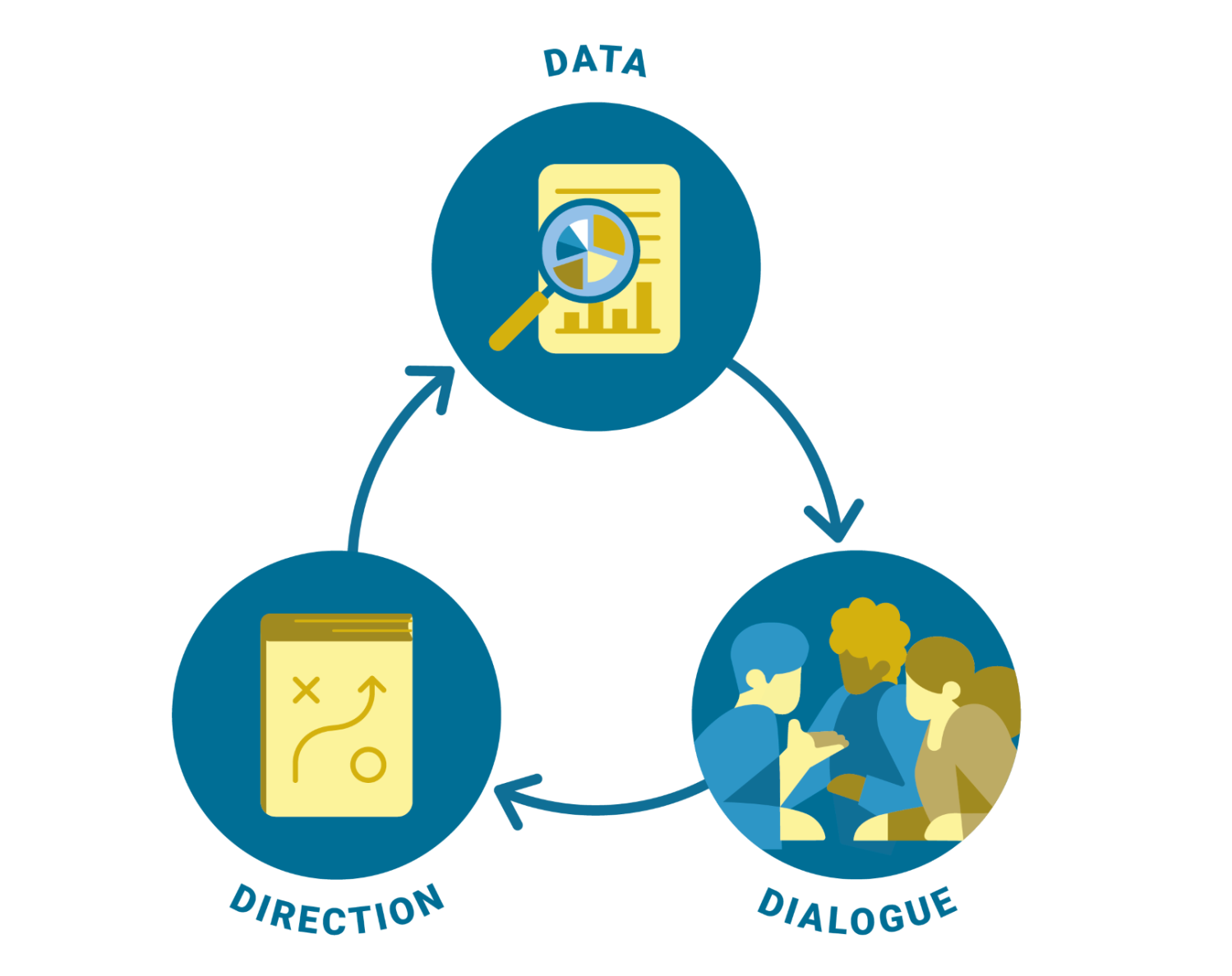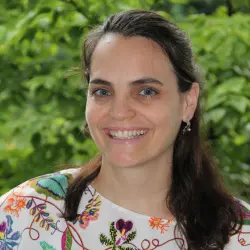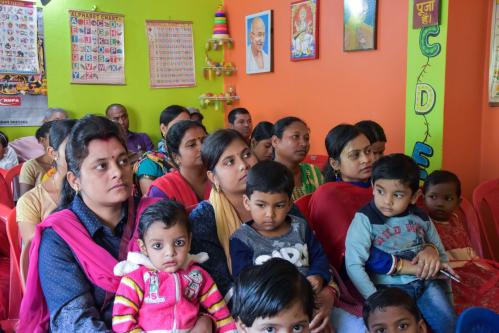Stronger family, school, and community partnerships help ensure that relational trust is at the foundation of schools, and that all the actors can work together toward a shared vision of education in their communities. This shared vision of education is critical to education systems transformation.
This report is the result of the participation of hundreds of students, families, school educators, and researchers who dedicated their time and energy to investigating the critical role that families and communities play in ensuring students and schools can flourish. The Center for Universal Education at Brookings, together with diverse collaborators across 16 countries, has co-led this community-driven research to further global evidence about family, school, and community engagement with the intention of supporting greater collaborations and partnerships to ensure students have an equitable, inclusive, high-quality, and relevant education.

Thousands of families, educators, and students from 16 countries came together to investigate the critical role of families and communities in education.
Using a community-driven approach to deepen conversation and partnerships with families
This research uses the Conversation Starter Tools (CSTs) methodology, a participatory approach designed to be used by schools and community organizations to understand beliefs on education, to identify types of family, school, and community engagement as well as barriers, and to gauge relational trust between families, educators, and students. The CST approach integrates data, dialogues, and directions on how to support stronger partnerships across families, schools, and communities. In this research, CST teams gathered viewpoints from 9,473 families, 2,726 educators, and 9,963 students in 235 schools through exploratory surveys and conversations (focus group discussions). These data and dialogues created opportunities to generate strategies and new directions to support greater family, school, and community engagement. These six global lessons emerged from these data and dialogues across school, district, and country contexts on six continents.

The six global lessons
While there were unique findings in each school, district, and country included in this research, six powerful lessons stand out across geographies and contexts. These six global lessons are:
- Begin with beliefs
- Position families as partners
- Collectively break barriers
- Build at the speed of trust
- Make family, school, and community engagement a must
- Disrupt power dynamics through community-driven research
Each global lesson and accompanying key takeaways are explored in detail in this report. Case studies exploring how country and civil society teams have used the CST process to enhance their work on family, school, and community engagement are included as well.
Building stronger partnerships
Despite the notable differences and nuances between family, school, and community engagement practices and policies across schools, districts, and countries, a very clear story emerged during the research and writing of the six global lessons. The need for stronger family, school, and community partnerships became a consistent and universal rally to action across all school and country teams in this study. While families, educators, and students had varied beliefs and perspectives on education, they consistently agreed that greater engagement was important to supporting students and wanted to see more, not less, partnership and collaboration.
Understanding and mapping these beliefs is critical to building a shared vision on what family, school, and community engagement should look like in schools and to fostering relational trust among groups to bring visions into action. This process of collecting data on beliefs and relational trust, having dialogues on these data, and identifying new strategies and directions is critical to education systems transformation and ensuring that families, as well as educators and students, are at the center.








